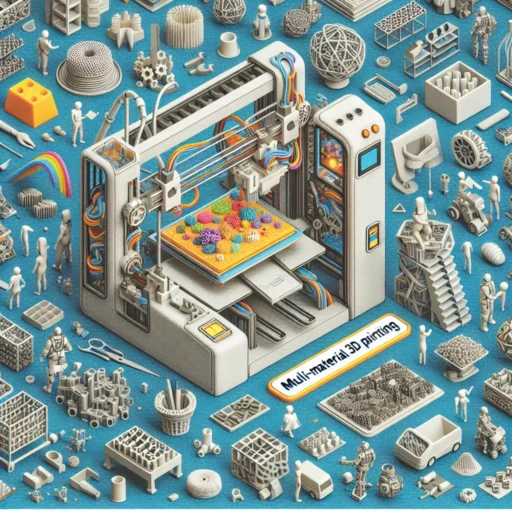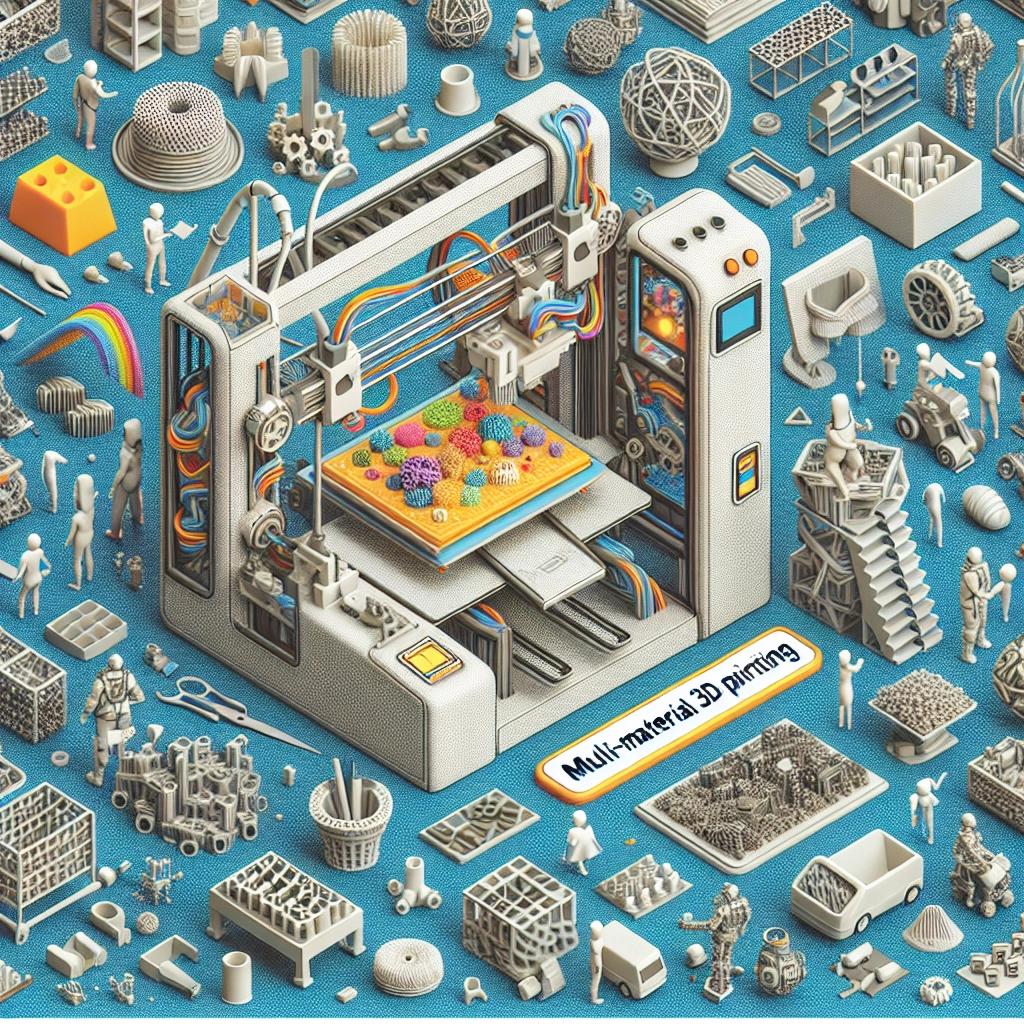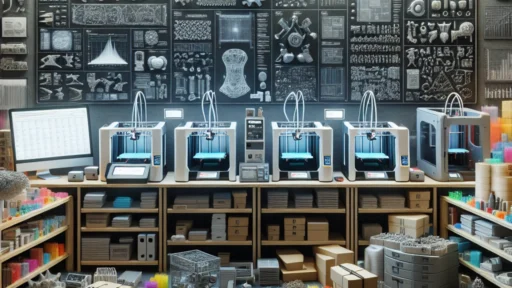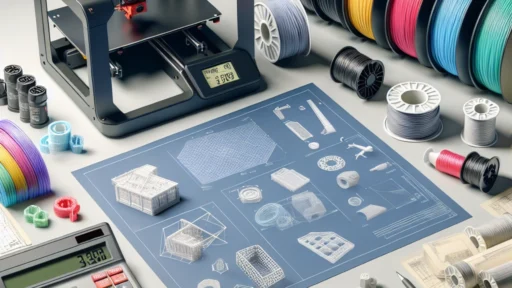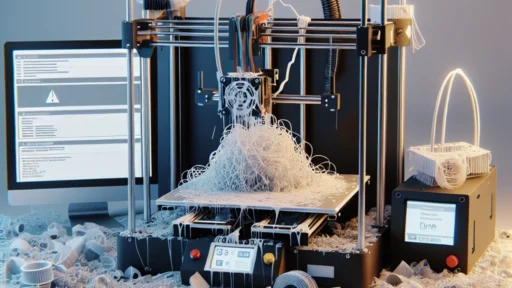Exploring the Benefits of Multi-Material 3D Printing
When we think of 3D printing, we often picture a single material extruding layer by layer to create a solid object. However, the technological landscape is rapidly evolving, and multi-material 3D printing is emerging as a game-changer. This innovative approach is not just about combining colors; it opens up a whole world of possibilities that can transform how we design and manufacture objects. Let’s dive into the exciting benefits of multi-material 3D printing and explore how it’s shaping various industries and everyday life.
Enhancing Functionality
One of the standout features of multi-material 3D printing is its ability to produce objects with enhanced functionality. By using different materials within a single print, manufacturers can create parts that incorporate the unique qualities of each material. For instance, imagine a medical device that combines rigid structures for support with soft, flexible areas for comfort. This blend makes the device not only functional but also user-friendly. The ability to tailor products for specific applications means we can create highly optimized solutions across various sectors, including healthcare, automotive, and electronics.
Streamlined Production Processes
Traditionally, producing parts with various properties often requires assembly of multiple components. Multi-material 3D printing eliminates this need by allowing designers to create intricate parts as a single piece. This decreases production time and reduces the chances of errors during assembly. Plus, reducing the number of parts needed streamlines supply chains and cuts costs. For businesses, this can mean significant efficiency gains, allowing them to focus more on innovation rather than logistics.
Customization at Scale
In our increasingly personalized world, customization is becoming the norm. Multi-material 3D printing allows for the creation of bespoke items tailored to individual preferences and needs without dramatically increasing production costs. For example, in the fashion industry, designers can experiment with different materials to create unique clothing and accessories that cater to personal style. This democratization of design encourages creativity and opens up new possibilities for artists and consumers alike.
Sustainability Benefits
Sustainability is a pressing concern for industries worldwide, and multi-material 3D printing holds promise in this area as well. This technology minimizes waste by using only the exact amounts of material needed for production. Unlike traditional manufacturing methods that often produce large scrap heaps, 3D printing can significantly reduce material wastage. Additionally, by using recycled or biodegradable materials, businesses can further their commitment to sustainability, appealing to environmentally conscious consumers.
Complex Geometries Made Simple
When it comes to designing intricate structures, multi-material 3D printing shines. The ability to use various materials not only allows for artistic expressions but also facilitates the production of complex geometries that would be nearly impossible to achieve through traditional methods. Engineers can design intricate lattices or interlocking mechanisms that enhance structural integrity while maintaining lightweight properties. This capability is particularly useful in aerospace and automotive industries, where every gram counts towards efficiency and performance.
Innovations in Healthcare
Perhaps one of the most heartwarming benefits of multi-material 3D printing is its impact on healthcare. From prosthetics to surgical models, the ability to combine different materials enables the creation of patient-specific solutions. For example, prosthetic limbs can be manufactured with rigid components for strength alongside softer materials for comfort against the skin. Moreover, medical researchers are exploring bioprinting techniques that could lead to the development of tissues and organs, potentially revolutionizing transplant procedures.
Conclusion
The world of multi-material 3D printing is brimming with potential and promises to revolutionize not just manufacturing but how we think about design and functionality. With benefits ranging from enhanced customization and reduced waste to innovations in healthcare, this technology is paving the way for a future where creativity, efficiency, and sustainability go hand in hand. As we continue to push the boundaries of what’s possible, it will be exciting to watch how multi-material 3D printing evolves and inspires new ideas across industries. Whether you’re an inventor, a business leader, or simply a curious tech enthusiast, keeping an eye on this trend is sure to be rewarding in the years to come.


